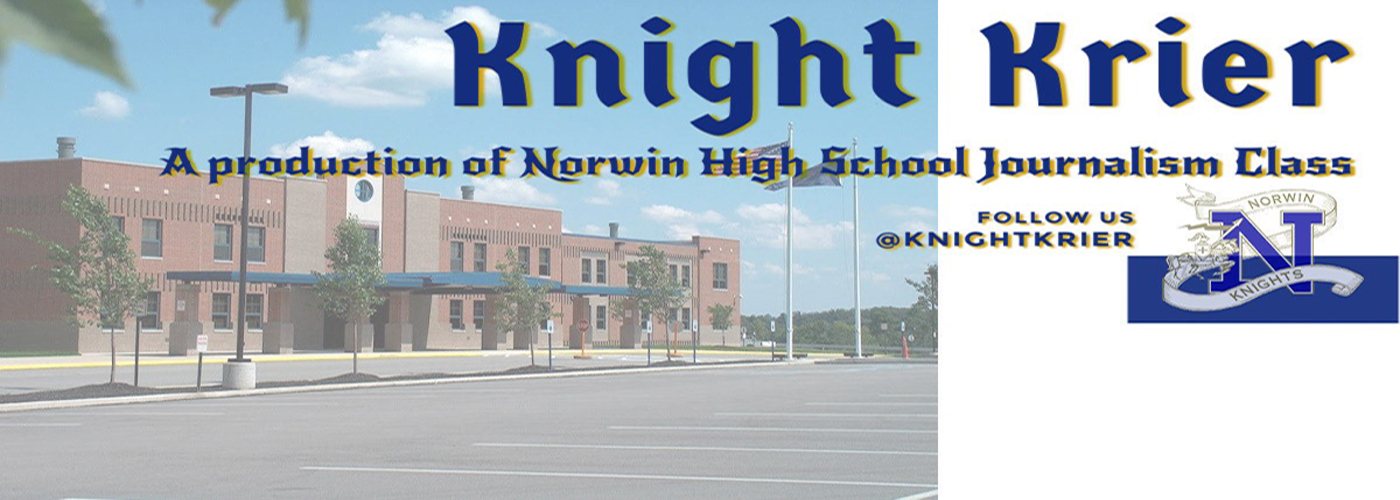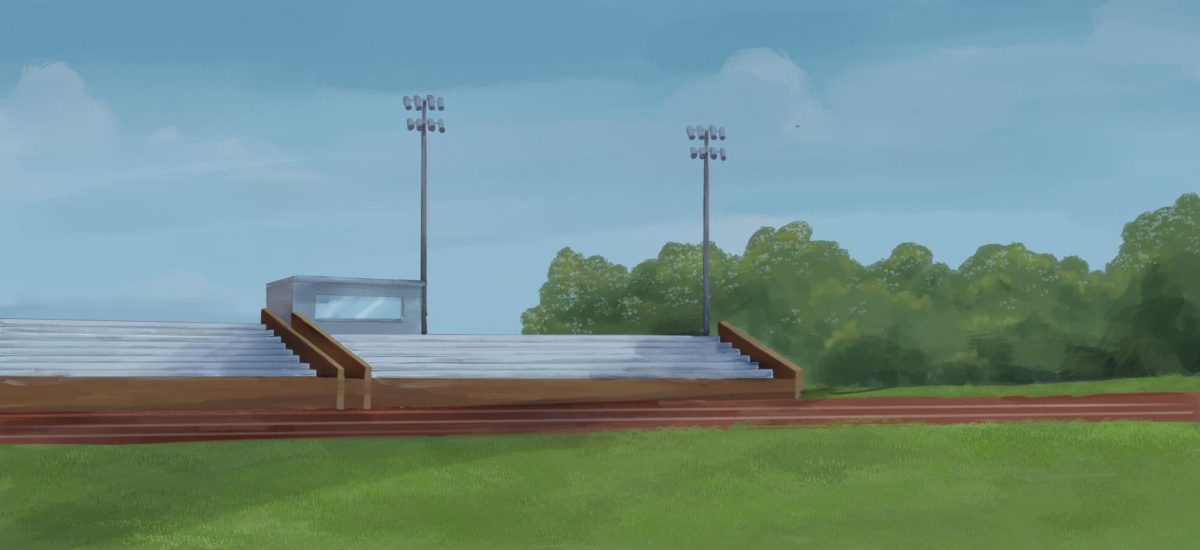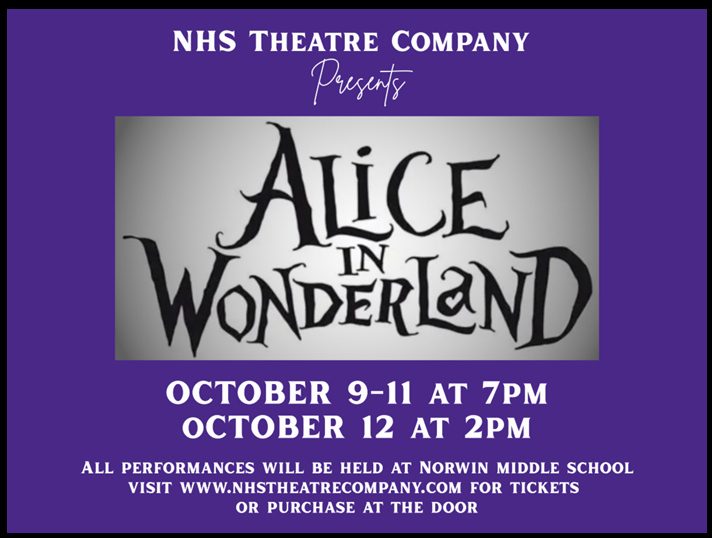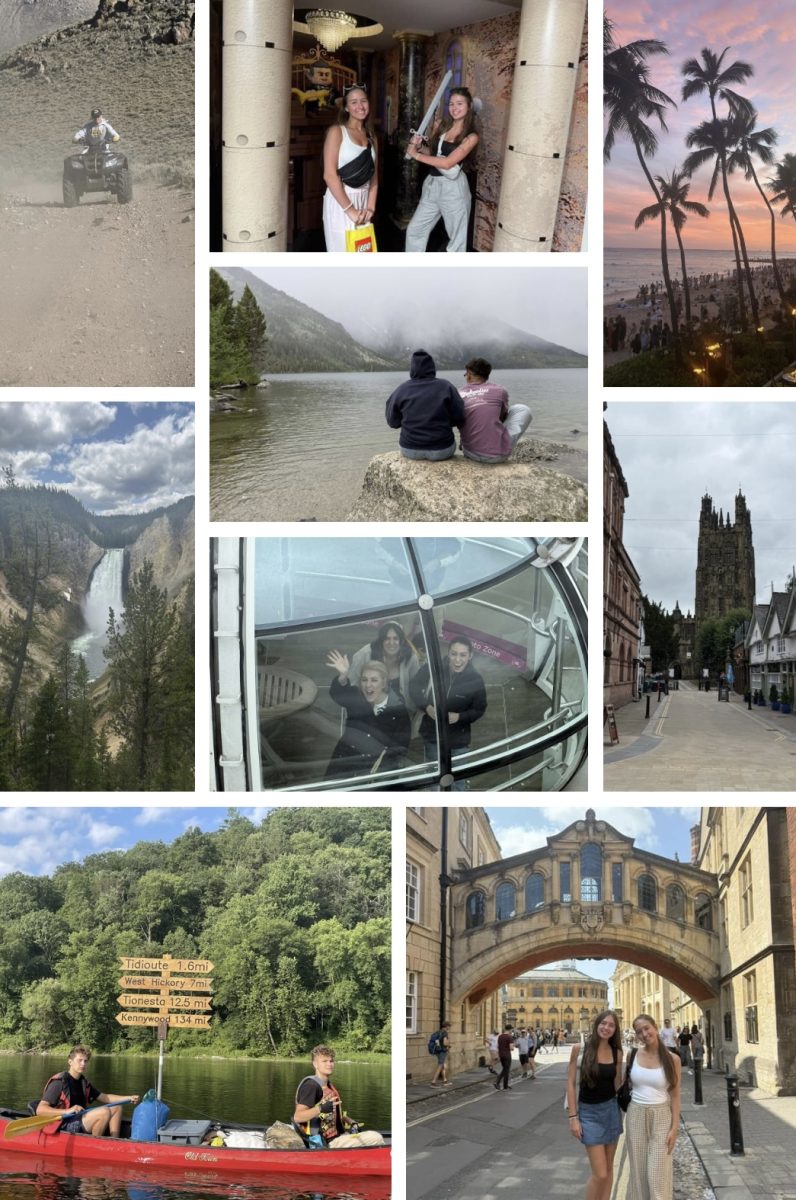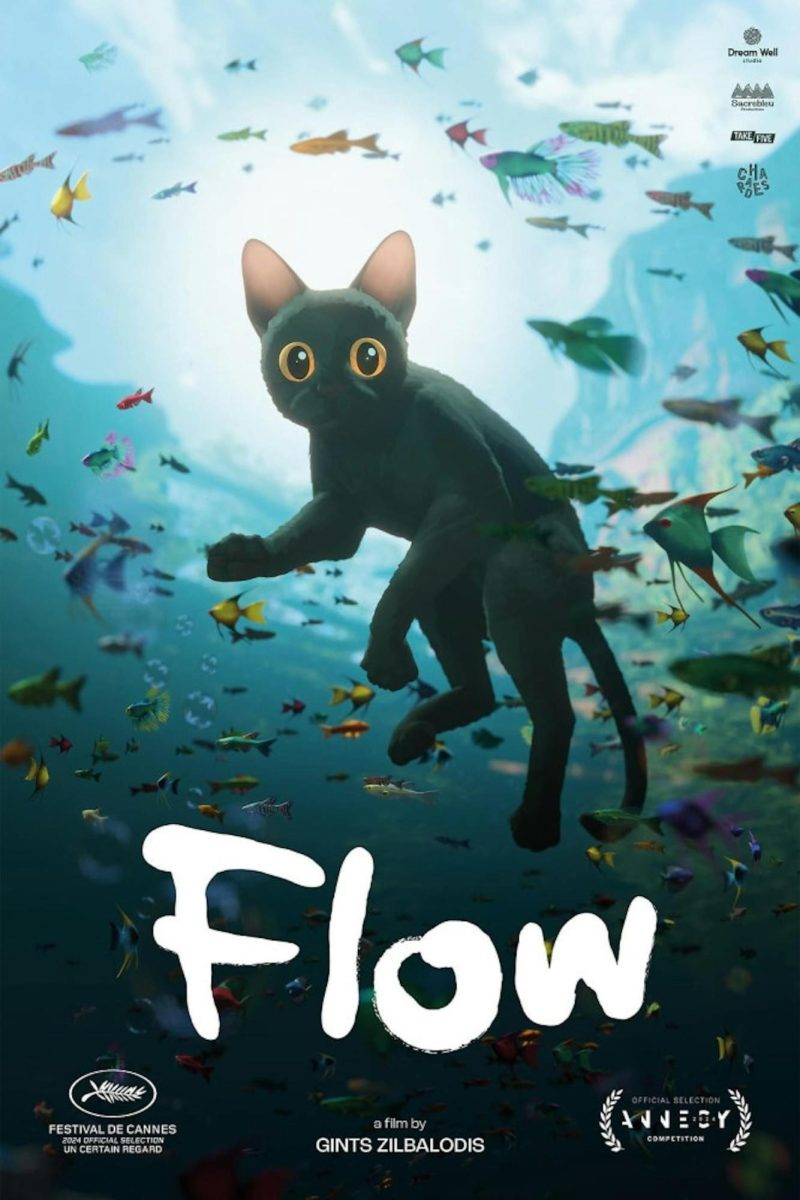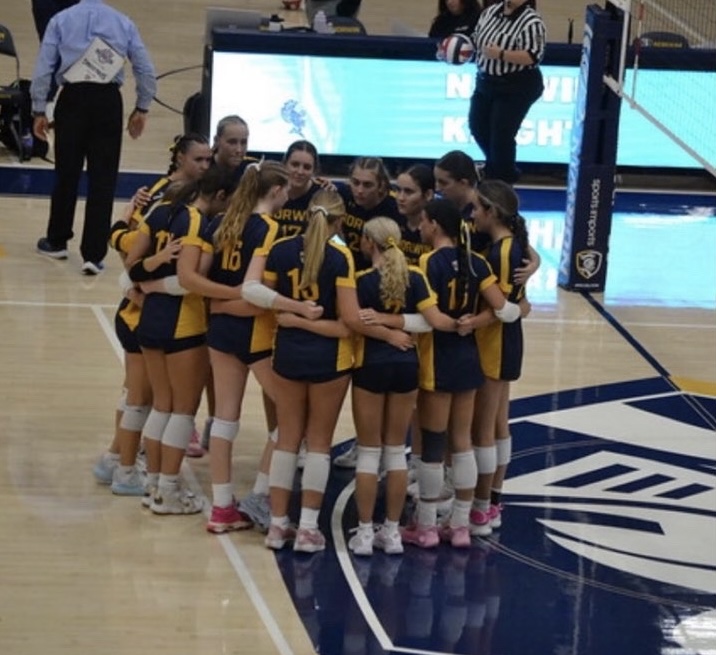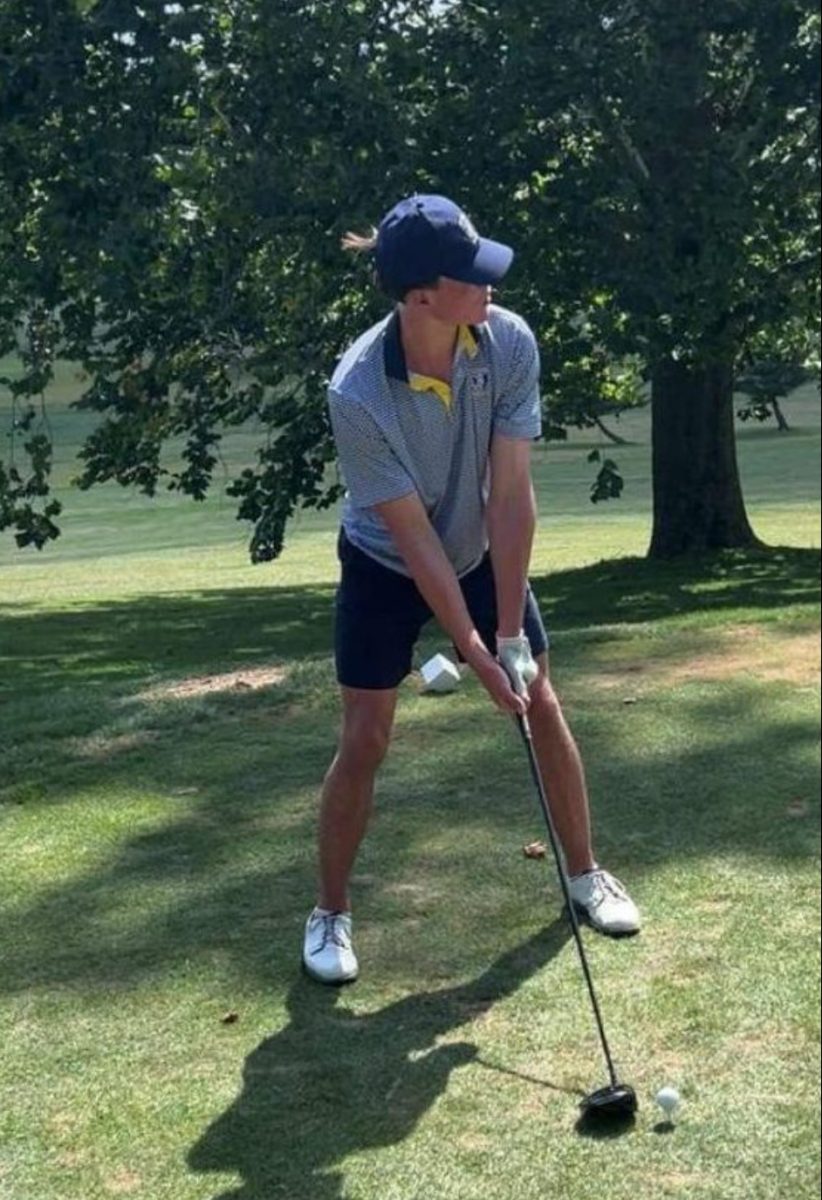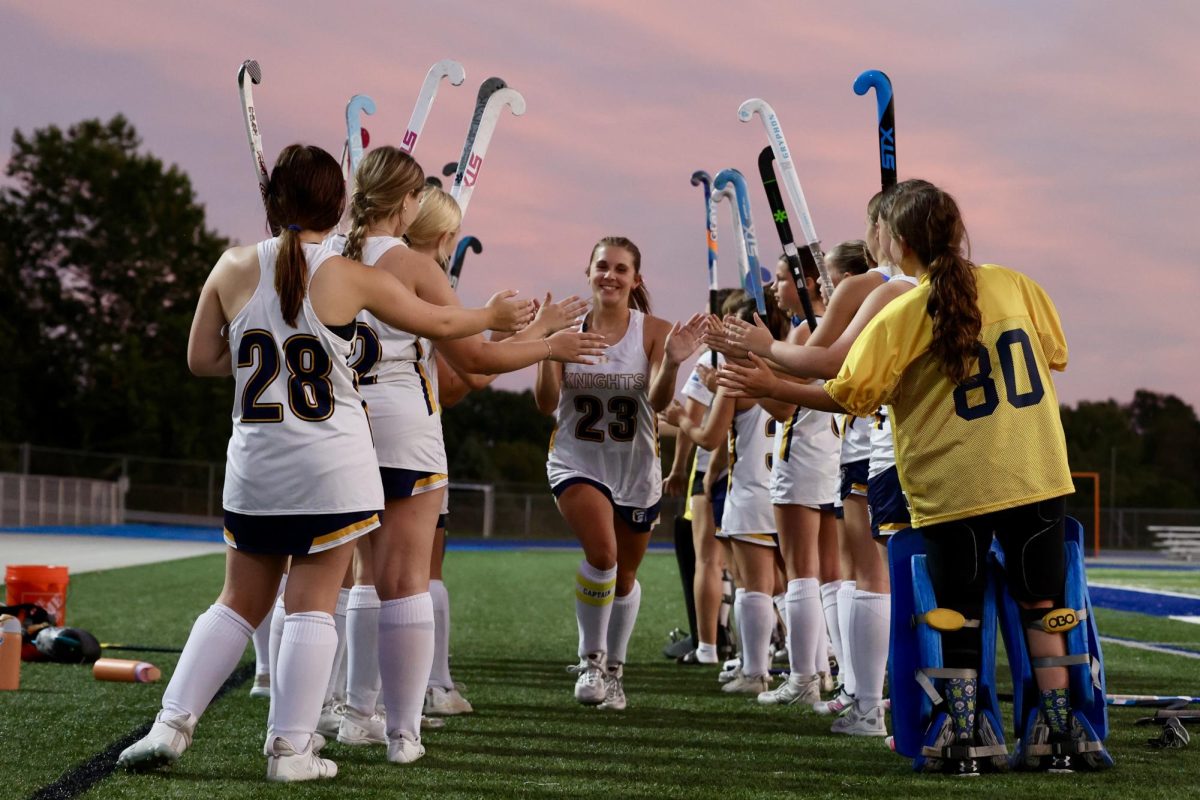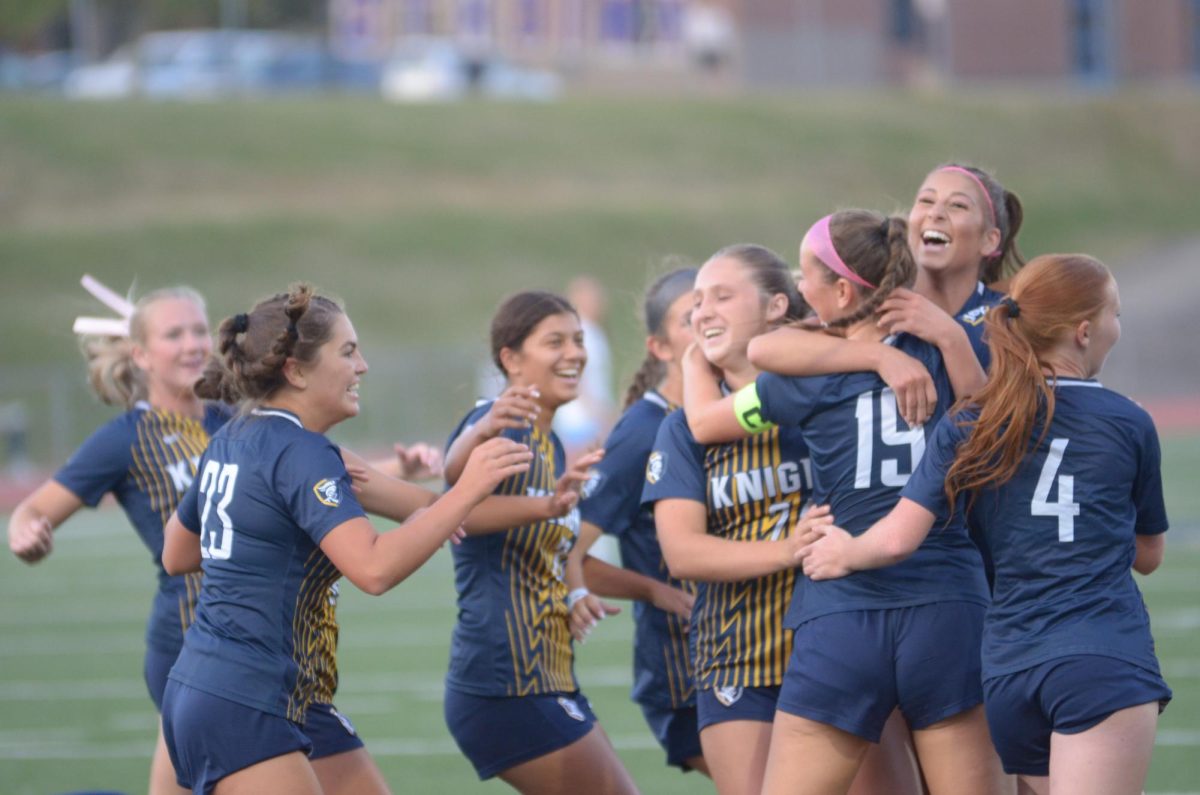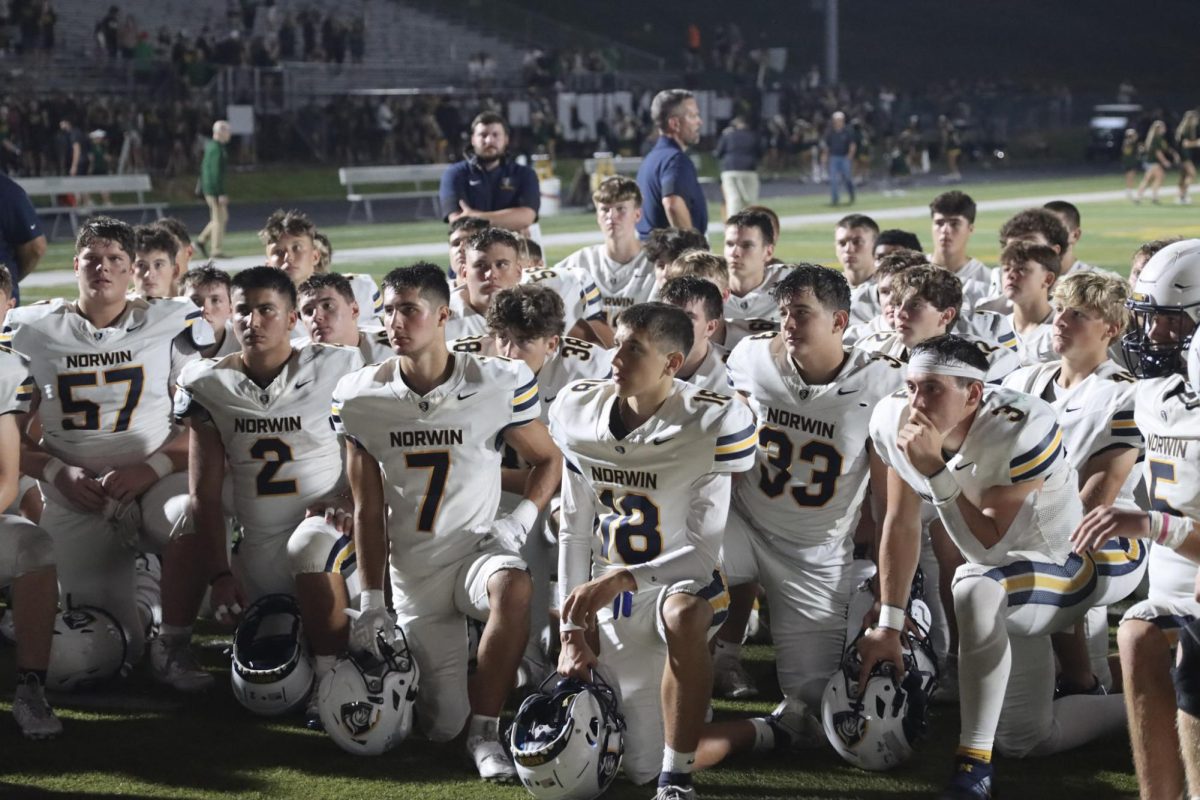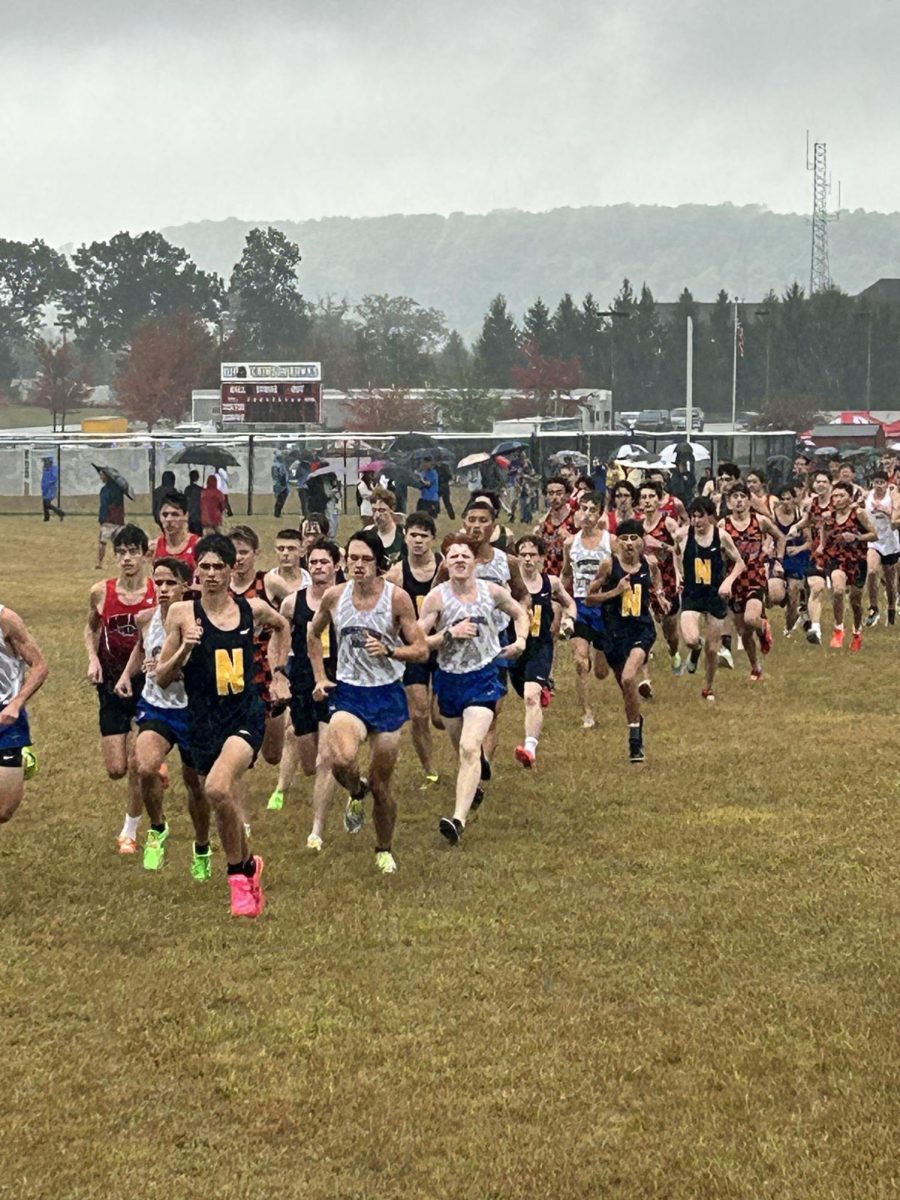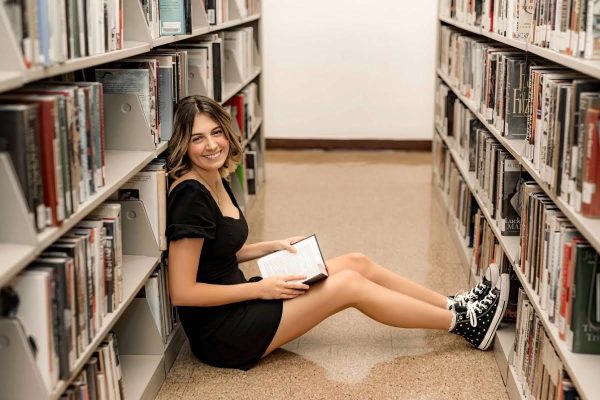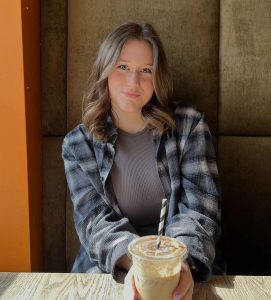
Addison Baer
11th Grade
Q: What is your role in Grease? Explain what you do…
A: I’m on floor crew, and I work heavily on construction. During the rehearsal leading up to the show, I build sets, focusing mostly on the big projects. For this show, I’ve been building the car featured in the show, ‘Greased Lightning.” I’ve been working on it from the first day of the show with a rotating team of 1-2 other people, and I’m glad to say it’s almost complete. Backstage during the show, I work on stage right, and have been a stagehand, working on managing set moves, quick changes, mic swaps, etc.
Q: What is the process for what you make? Go into detail.
A: What is the process for what you make? Go into detail. For the car, we started with a blank platform and build up a foundation. There was a lot of trial and error, and we often built things up just to take them down and replace them with something better. The bones of it took about 6 weeks, and included a bench, dashboard, windshield, functioning doors, etc.. At this point, it was not resembling the final product at all, and looked more like a brick. We attached plywood and luan to the entire body to give us space to mount the next step. Then, we started to add foam to it, the same stuff used for drywall. It took another 3 weeks to cut everything in the exact shape it needed to be, and attaching it with spray adhesive. Once this step was done, we moved on to carving. By looking at a picture of the Greased Lightning from the movie, we tried to shave down each piece of foam to fit the design goal as best as possible. We used cheese graters, hot wires, knives, and hand saws. Each detail needed to align exactly with the other, but because of the size of the car, we couldn’t see both sides at once. Eventually, we took measurements from each curve and matched them as best as possible. Lastly, we began to paint it, picking the exact color and designs we needed. Before the color, we had to add a tar like substance to keep the foam pieces in, which took an additional 3 days. Then came the final touches: adding a steering wheel, mounting the actual wheels, etc., and then seeing how it fit on stage.
Q: How do you come up with your designs? Explain.
A: Leighty designed it, I just build it. But he basically just made a foundation and based it off of a model of the car from the movie, trying to best make it work for us while keeping the same integrity as before. We made probably over 100 changes throughout the process as we learned more about it, but it all worked out in the end.
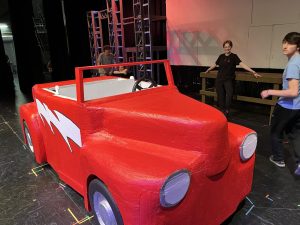
————————————————————
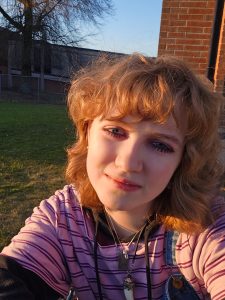
S.M. McClafferty
11th Grade
Q: What is your role in Grease? Explain what you do…
A: I am both the stage manager and projections designer for Grease. For day to day rehearsal I keep things running and make sure the tech side of the show runs smoothly. On the projections side of things I go scene by scene and draw out backgrounds for each different setting, and then program them to run with the show.
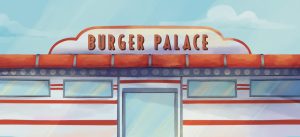
Q: What is the process for what you make? Go into detail.
A: I go through the script at the beginning of the show and thumbnail what I think each scene would roughly look like. Then I sit down with the directors and figure out what will be happening in each scene staging wise to make sure im on the right track. After that I just work through scene by scene on procreate drawing out what I want.
Q: How do you come up with your designs? Explain.
A: I spent a lot of time looking up reference pictures for the different settings i want to draw, I then have to make sure things line up with the set and staging. After that I have a lot of creative control so I end up gravitating to things that I personally enjoy drawing.

Q: Any additional comments…
A: I’m really excited to have the opportunity to be able to add so much of my own personal style into the show, as well as get the experience of working on this kind of project. Theatrical design as well as illustration is something I’ve been looking into as a career for a while now so its nice to be able to explore that in high school.
————————————————————
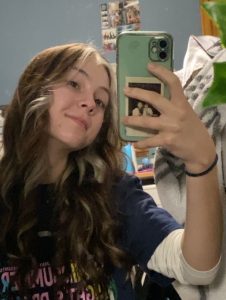
Baylee Webber
11th Grade
Q: What is your role in Grease? Explain what you do…
A: I, along with Georgia Harvey, am the Theater Company’s prop master. I am and responsible for every prop the goes on and off stage along with organizing them on the prop tables on stage left and stage right. I am also in charge of, finding, buying, and creating each of the props.
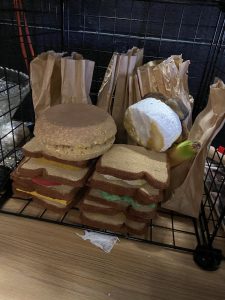
Q: What is the process for what you make? Go into detail.
A: At the start of the fall play or spring musical, it is my job to collaborate with the directors, to make the prop chart. It is a list of everything we need for the show and includes whether or not we have to find that item in the prop room, make it, or buy it. The first few weeks are spent finding materials and items needed in the prop room and ordering what we don’t have. Then we start making the props. I have to be creative in how to make everything in order for it to be cost effective and time effective. For the spring musical of Grease, I have mad so many sandwiches, it’s crazy. We used soft, thick foam for the bread, and hard foam for the filling. Each piece was cut out and painted. This took weeks. We have also been working on the “Beauty School Dropout” headpieces. We bought dozens of hair curlers and spray painted them silver. These will be attached to baseball caps that were removed from their brim and painted with silver mod podge. We also spent a month collecting milk cartons to be cleaned out and painted white so they have more of a 1950’s look. There are obviously so many other props we have created but those have taken the longest. When we are waiting for new supplies to come in or whenever we get the chance we set up prop organizers for the tables on each side of the stage. we label them by act and scene so it is very easy to find what you are looking for. During the show i will be in charge of stage lefts prop table and everything that is taken or given on my side. I am also in charge of “set dress” like putting perfume bottles, makeup brushes, and a handheld mirror on a dresser for a girls room before its presented on stage.
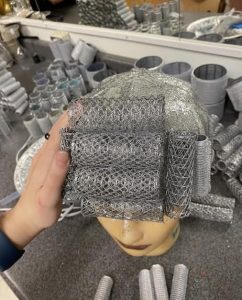
Q: How do you come up with your designs? Explain.
A: Designs for props must be as accurate as possible to the time period and setting of the show. For example I had to create 1950s looking vogue magazine covers to tape over existing magazines so they didn’t look out of place. Lots of research goes into time period specific props like that. I think I looked up “1950’s Vogue magazine” at least 50 times. Sometimes we know what to make and what it should look like but it is hard to figure out how to make it efficiently and cost effective. As efficient as buying everything would be, that’s just not within budget to do. That also wouldn’t be as fun.
Q: Any additional comments…
A: This is my first show being prop master and I am really grateful that I took up the opportunity. I love Working with Georgia and learning from alumni Ryan Dawson, a previous prop master, who has taught us what to do. I have had so much fun and can wait to spend my last two shows next year as prop master.

